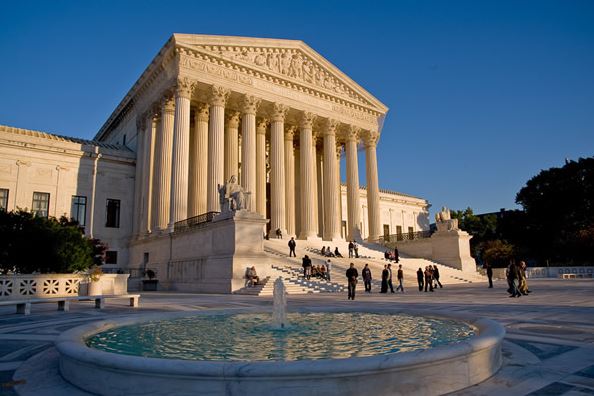A Fairfield resident has developed a method to perform forensics on gunpowder residue on shots fired at close range, which criminal labs in the past have had difficulty tracing.
Saion Sinha is an assistant professor in the physics department of the University of New Haven. The schoolӪs renowned forensics-science department includes Henry Lee, whose high-profile cases have included the Washington, D.C., sniper shootings, the JonBen̩t Ramsey murder investigation and the O.J. Simpson murder trial.
Sinha stumbled upon his idea after approaching forensics faculty members about applying principles of nanotechnology, the discipline of manipulating structures measuring billionths of meters in size, to crime-scene investigations. One professor shared photos of gunshot residue, sparking Sinha”™s own investigation with two students.
“I have never dealt with guns myself,” Sinha said. “I have always tried to stay as far away from them as possible.”
When a gun is fired, gunshot residue is propelled a distance from the muzzle while also forming a cloud around the gun.
Today, forensics labs primary rely on two tests to detect nitrite and lead particles in gunshot residue that can help determine the distance of a gun muzzle from a target. The tests are ineffective at cases involving shootings at close range, however, because they can only detect larger particles that form as gunshot residue cools the farther it is propelled from a gun muzzle.
Instead, investigators must follow a laborious process of trial and error, in which they analyze the pattern of fragments, then conduct tests to approximate the evidence at a shooting scene.
“A lot of the time you don”™t see (particles),” Sinha said. “If you don”™t see them, you can”™t collect them.”
He developed a method to determine the size and elemental composition of nano-scale particles in gunshot residue, as well as the temperature at which residue is formed. His technique could provide clues not just on how far a bullet travels before striking its target, but even the gun caliber and the position of the shooter.
Sinha studied physics at the Indian Institute of Technology, and received his doctorate from the University of Kentucky. His training in nanotechnology, which combines physics, chemistry and other disciplines, came as a researcher at the University of North Carolina Center for Nanoscale Materials.
Sinha said he is interested in commercializing the technology, and is beginning the process of programming software designed to take data on gunshot residue and fire off information for investigators.
While Connecticut has among the five top environments for nanotechnology research in the nation, according to Small Times magazine, the state has generated few startups in the field.
Last month, the Connecticut Center for Advanced Technology awarded three $65,000 grants for nanotechnology development under a pilot program modeled on the national Small Business Innovation Research program. The recipients were Southbury fuel cell technology company GenCell Corp. of Southbury; Farmington filtration company Mott Corp.; and MysticMD Inc., a New London company that is developing carbon nanotubes to detect airborne toxins among other applications.
Sinha has applied for a grant from the U.S. Department of Homeland Security, with a goal of applying the technology to explosives to provide investigators additional information. He said he may seek seed-stage equity investments should he elect to incorporate to develop the technology.
“It”™s not typically an area that gets a lot of attention from venture capital,” said John Taylor, vice president of research for the National Venture Capital Association. “But these days, anything that helps with homeland security becomes somewhat more interesting.”
Â


















